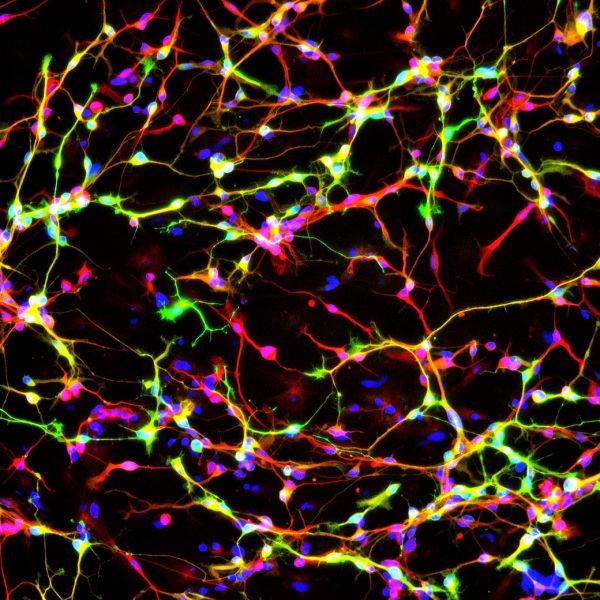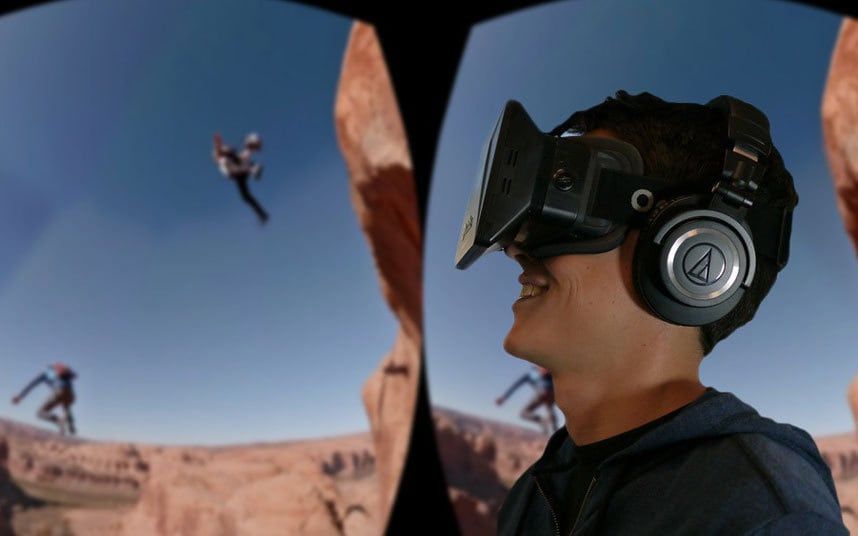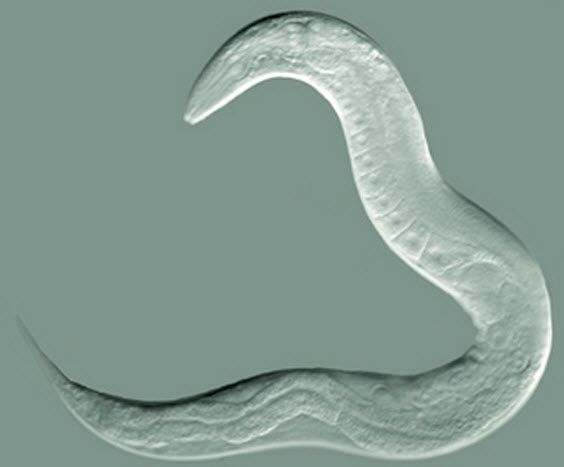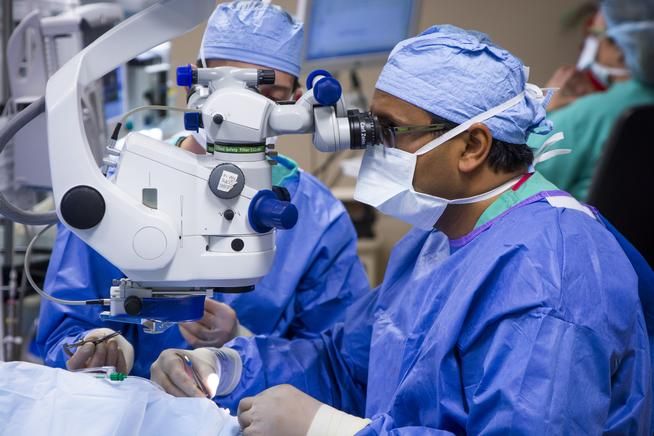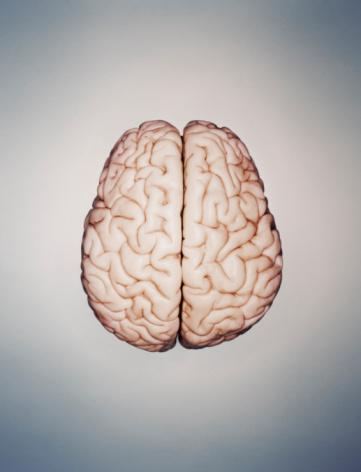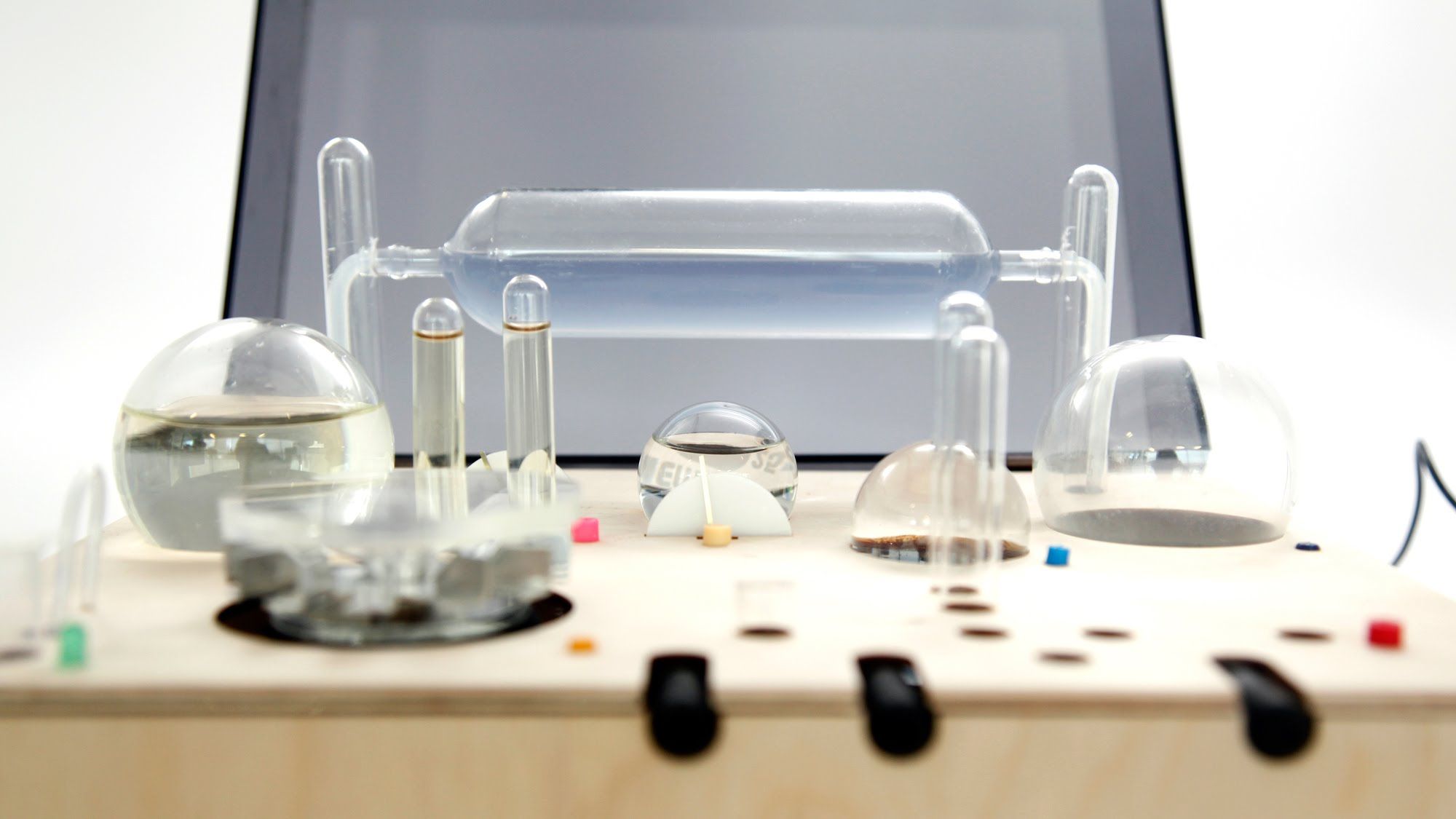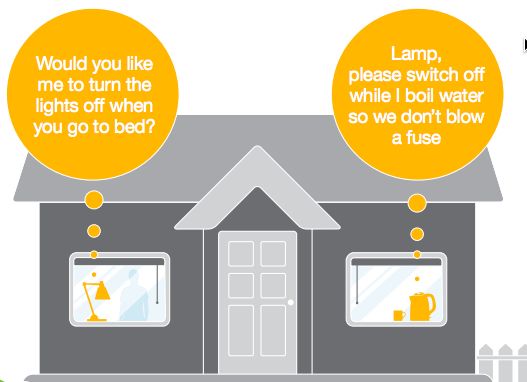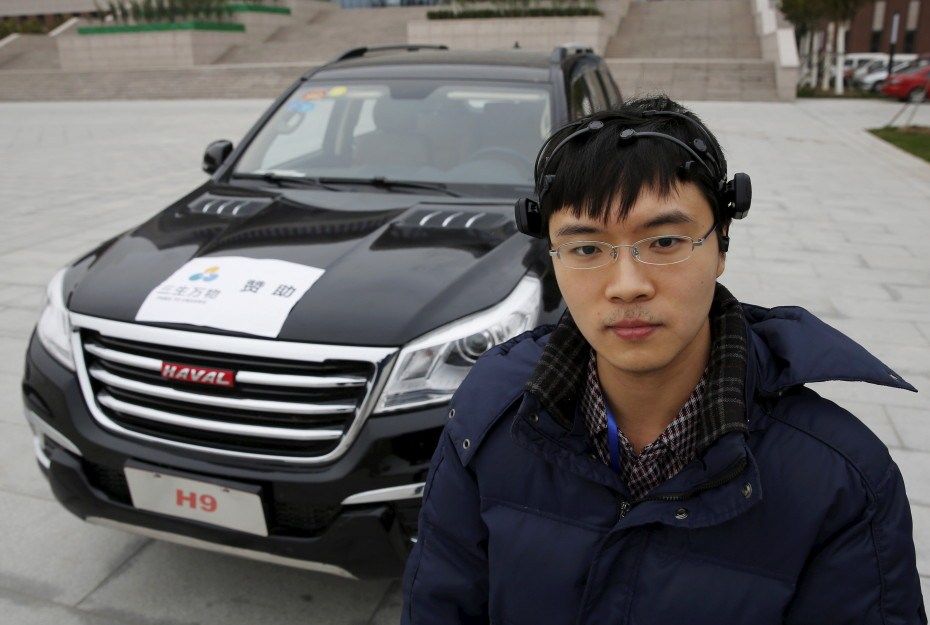This new development could help us in the fight against Parkinson’s.
Category: biotech/medical – Page 2783
2016 will be the year of VR. Here’s how it will change everything from medicine to the military.
C. elegans roundworm (credit: The Goldstein Lab)
When researchers at The Scripps Research Institute (TSRI) in California administered an antidepressant called mianserin to the Caenorhabditis elegans roundworm in 2007, they discovered the drug increased the lifespan of the “young adulthood” of roundworms by 30–40 per cent.
So, does that mean it will work in humans? Not necessarily. “There are millions of years of evolution between worms and humans,” says TSRI researcher Michael Petrascheck. “We may have done this in worms, but we don’t want people to get the impression they can take the drug we used in our study to extend their own teens or early twenties.”
In a new study, people who believed negative stereotypes about old age had higher risk of Alzheimer’s.
This article is based on my skype conversation with Elizabeth Parrish, founder and CEO of BioViva. BioViva is a biotech company in the Seattle area focused on developing gene therapies to mitigate the diseases of aging. Liz is currently experimenting these therapies on herself. Her research was recently covered in a MIT Technology Review article and she did an AMA on Reddit you may want to check out.
MIT Media Lab graduate Will Patrick has designed a prototype desktop bioreactor that could enable the production of pharmaceutical drugs at home.
The cylinder-shaped Farma kitchen appliance could be used to grow, measure, filter and dry synthetically designed microbes.
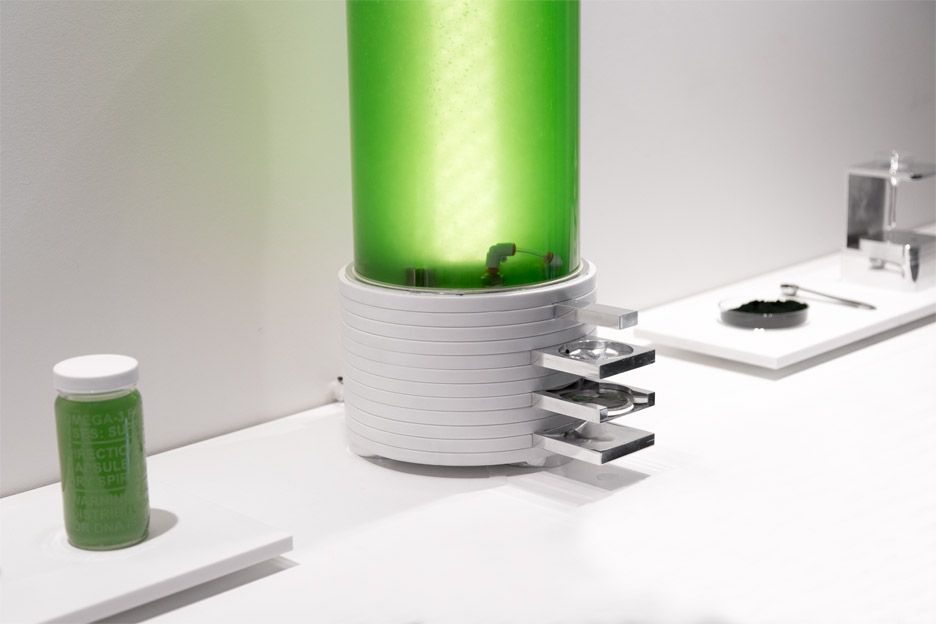
(credit: Ericsson ConsumerLab)
Artificial intelligence (AI) interfaces will take over, replacing smartphones in five years, according to a survey of more than 5000 smartphone customers in nine countries by Ericsson ConsumerLab in the fifth edition of its annual trend report, 10 Hot Consumer Trends 2016 (and beyond).
Smartphone users believe AI will take over many common activities, such as searching the net, getting travel guidance, and as personal assistants. The survey found that 44 percent think an AI system would be as good as a teacher and one third would like an AI interface to keep them company. A third would rather trust the fidelity of an AI interface than a human for sensitive matters; and 29 percent agree they would feel more comfortable discussing their medical condition with an AI system.
Glucosepane is one of the most significant mechanisms of aging and yet very few people are working on it!
As we age skin and blood vessels lose their elasticity. People care too much about the skin and too little about the blood vessels, but that is always the way of it. Appearance first and substance later, if at all. Yet you can live inside an aged skin; beyond the raised risk of skin cancer its damaged state arguably only makes life less pleasant, and the present state of medical science can ensure that the numerous age-related dermatological dysfunctions can be kept to a state of minor inconvenience. Loss of blood vessel elasticity, on the other hand, will steadily destroy your health and then kill you. Arterial stiffening causes remodeling of the cardiovascular system and hypertension. The biological systems that regulate blood pressure become dysfunctional as blood vessels depart from ideal youthful behavior, creating a downward spiral of increasing blood pressure and reactions to that increase. Small blood vessels fail under the strain in ever larger numbers, damaging surrounding tissue. In the brain this damage contributes to age-related cognitive decline by creating countless tiny, unnoticed strokes. Ultimately this process leads to dementia. More important parts of the cardiovascular system are likely to fail first, however, perhaps causing a stroke, or a heart attack, or the slower decline of congestive heart failure.
From what is known today, it is reasonable to propose that the two main culprits driving loss of tissue elasticity are sugary cross-links generated as a byproduct of the normal operation of cellular metabolism and growing numbers of senescent cells. Elasticity is a property of the extracellular matrix, an intricate structure of collagens and other proteins created by cells. Different arrangements of these molecules produce very different structures, ranging from load-bearing tissues such as bone and cartilage to elastic tissues such as skin and blood vessel walls. Disrupting the arrangement and interaction of molecules in the extracellular matrix also disrupts its properties. Persistent cross-links achieve this by linking proteins together and restricting their normal range of motion. Senescent cells, on the other hand, secrete a range of proteins capable of breaking down or remodeling portions of the surrounding extracellular matrix, and altering the behavior of nearby cells for the worse.
The most important cross-linking compound in humans is glucosepane. Our biochemistry cannot break down glucosepane cross-links, and as a result it accounts for more than 99% of cross-links in our tissues. This isn’t a big secret. Given this you might expect to find researchers working flat out in scores of laboratories to find a viable way to break it down. After all here we have one single target molecule, and any drug candidate capable of clearing even half of existing cross-links would provide a treatment that can both reverse skin aging and vascular aging to a much greater degree than any presently available therapy. The size of the resulting market is every human being, the potential for profit staggering. Yet search on PubMed, and this is all of relevance that you will see published on the topic in the past few years:
If human-less self-driving cars of the future creep you out, then this latest experimental automotive technology from China might offer you some respite. Or freak creep you out even more. Researchers from the port city of Tianjin have revealed what they claim is the country’s first ever car to be driven without the use of human hands or feet but with a driver still in control. All it takes is some brain power. And some highly specialized equipment, of course.
Mind-reading devices aren’t actually new. In fact, many companies and technologies make that claim year after year, but few have actually been able to deliver an actual consumer product, with most successful prototypes designed for therapeutic or medical uses. The theory, however, is the same throughout. Sensors read electroencephalogram or EEG from the wearer’s brain. These are then interpolated and interpreted as commands for a computer. In this case, the commands are mapped to car controls.
The application of direct brain control to driving is a two-edged sword. On the one hand, removing the delay between brain to muscle movement, which sometimes can be erroneous, could actually lead to better driver safety. On the other hand, given how easily drivers can be distracted even while their hands are on the wheel, the idea is understandably frightening to some.
